Garand: The Man Behind the Legend
March 17th, 2020
6 minute read
Not all of America’s wartime heroes fought on the battlefield. In the case of John Cantius Garand, his heroic work was done in the confines of that era’s Springfield Armory, and his genius design gave American infantrymen an important advantage on the battlefields of World War II and later the Korean War.
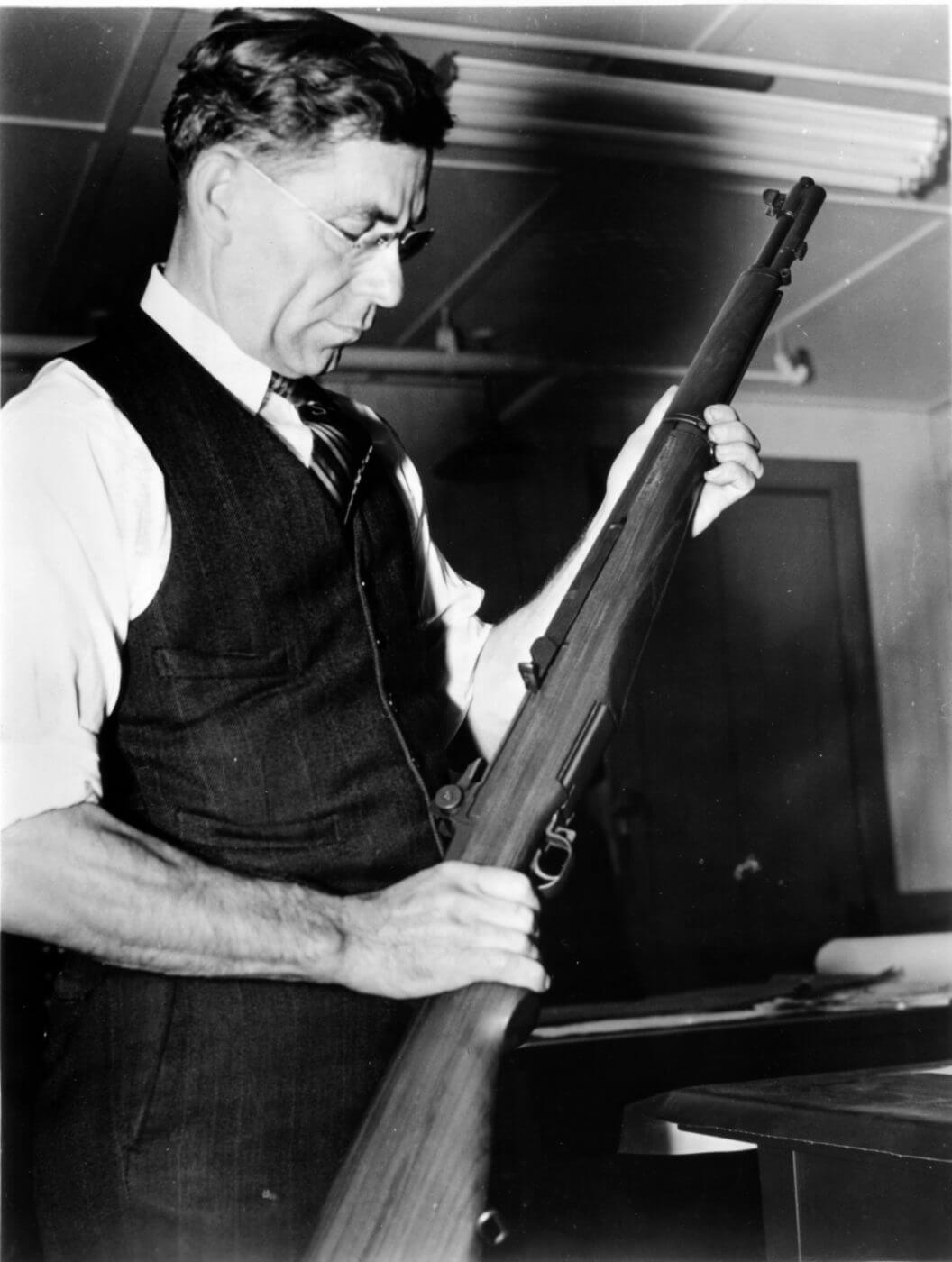
Garand’s legacy of inspired engineering gave American troops the U.S. rifle, caliber .30, M1. Many refer to it as “the M1”. Others call it “the Garand”. General George Patton described it as “the greatest battle implement ever devised.” Whatever the nomenclature, official or colloquial, the M1 rifle is an American legend, along with its designer.
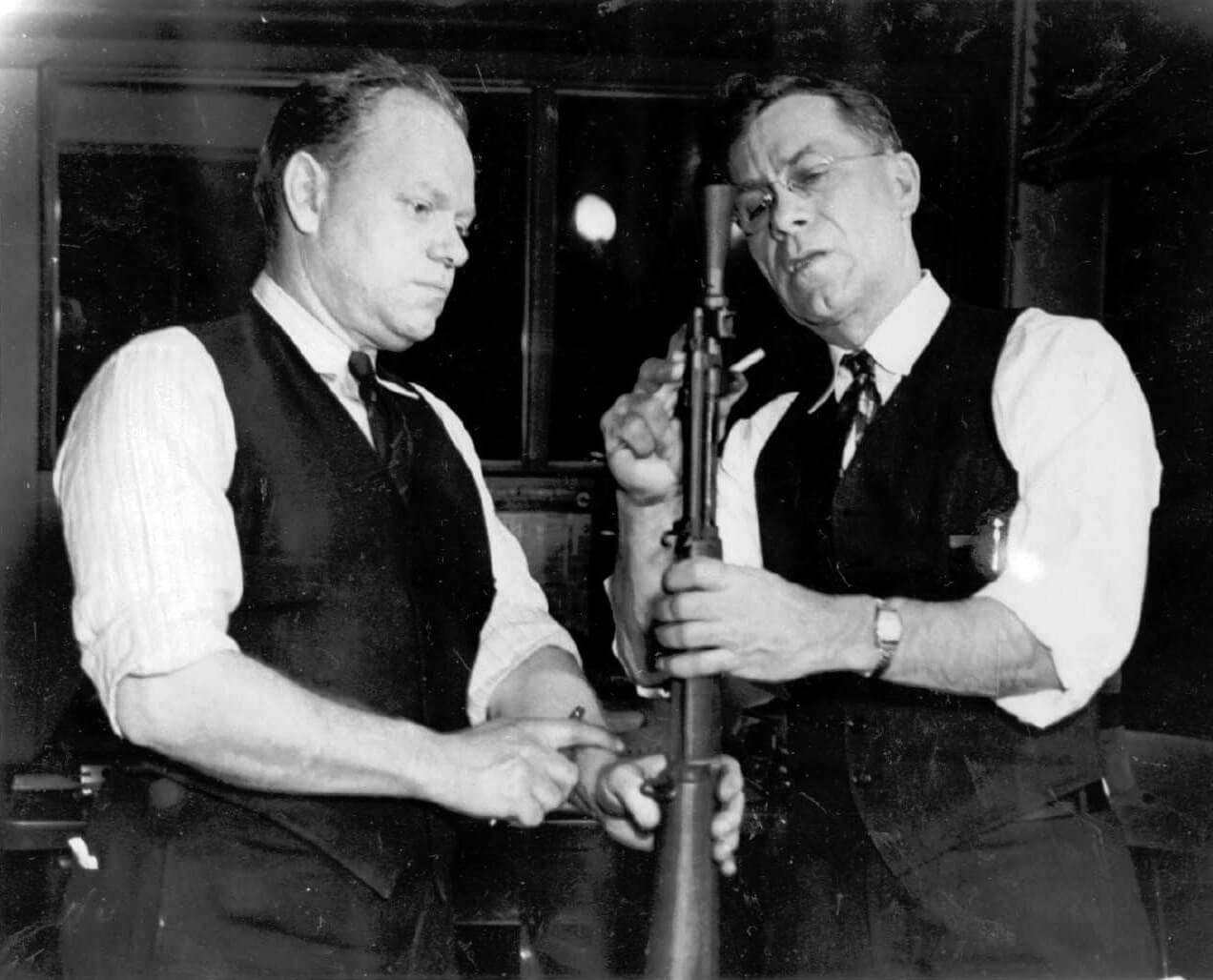
North of the Border
John Garand was born on a farm in Quebec, Canada on January 1, 1888. His actual first name was St. Jean le Baptiste, and English was not his first language. After his mother died in 1899, his father moved the family, all twelve children, to Connecticut. Young John was particularly bright, and he quickly learned English, along with some engineering skills while working at a textile mill. A job at a shooting gallery inspired his interest in firearms and how to make them. Garand became a toolmaker and began to design firearms as a hobby.
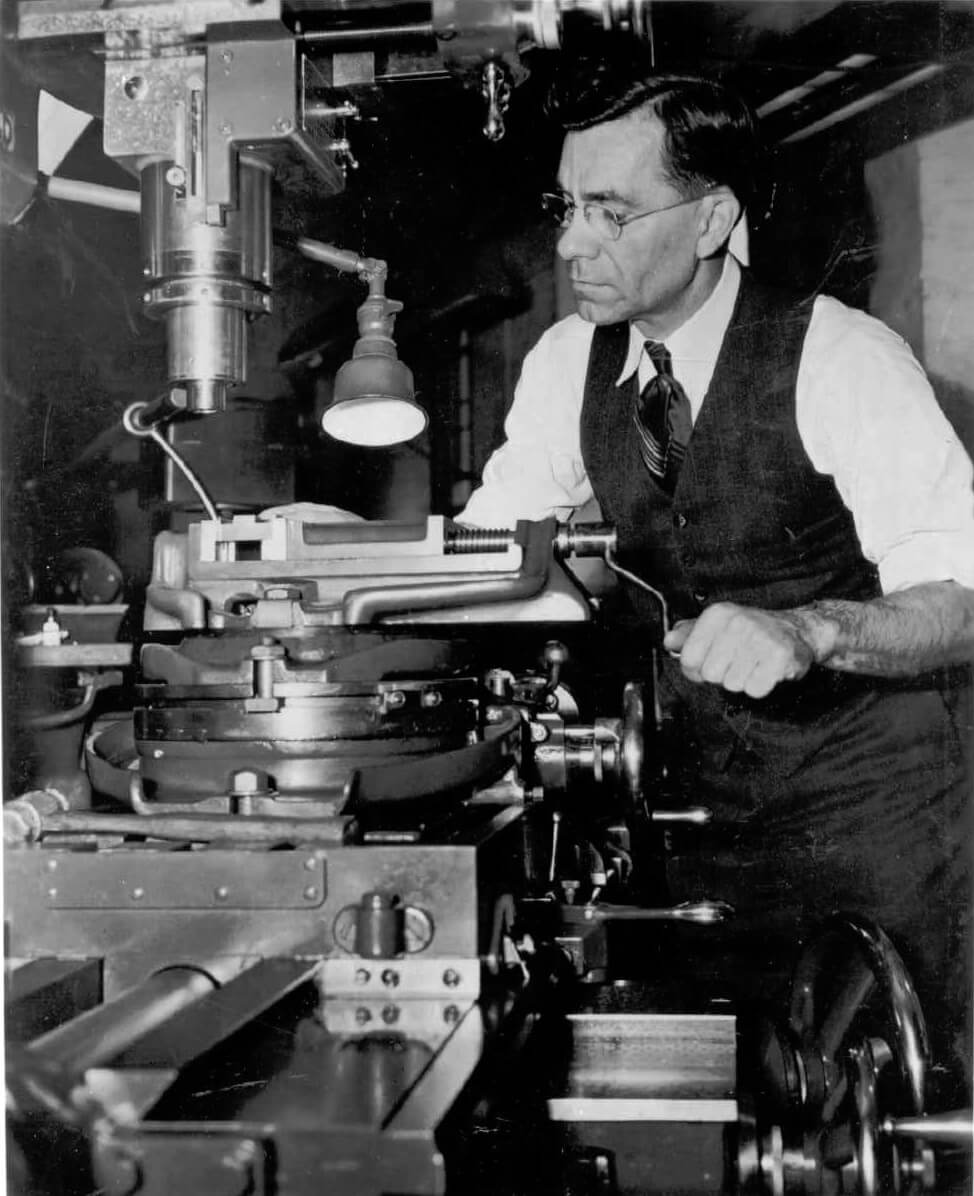
When America entered World War I in the spring of 1917, U.S. Ordnance soon solicited designs for a new light machine gun, and Garand offered a concept that attracted the interest of the War Department. The Great War ended before Garand’s prototype was produced, but the folks at U.S. Ordnance thankfully recognized talent when they saw it — Garand was hired as an engineer at the government’s Springfield Armory in November 1919. Within a year John Garand became a naturalized U.S. citizen.
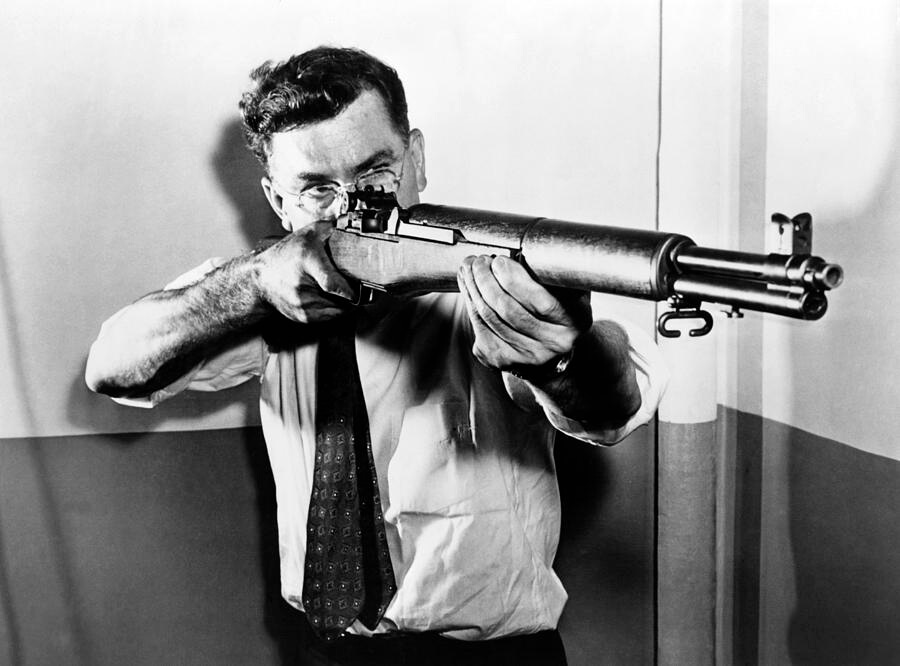
A Steady Pace
Even with the excellent M1903 Springfield rifle in service and a World War already won with that rifle (along with the M1917 “Enfield”), the U.S. military was thinking ahead. Once assigned to the Springfield Armory in Massachusetts, John Garand was given the responsibility of designing a new semi-automatic, gas-operated infantry rifle.
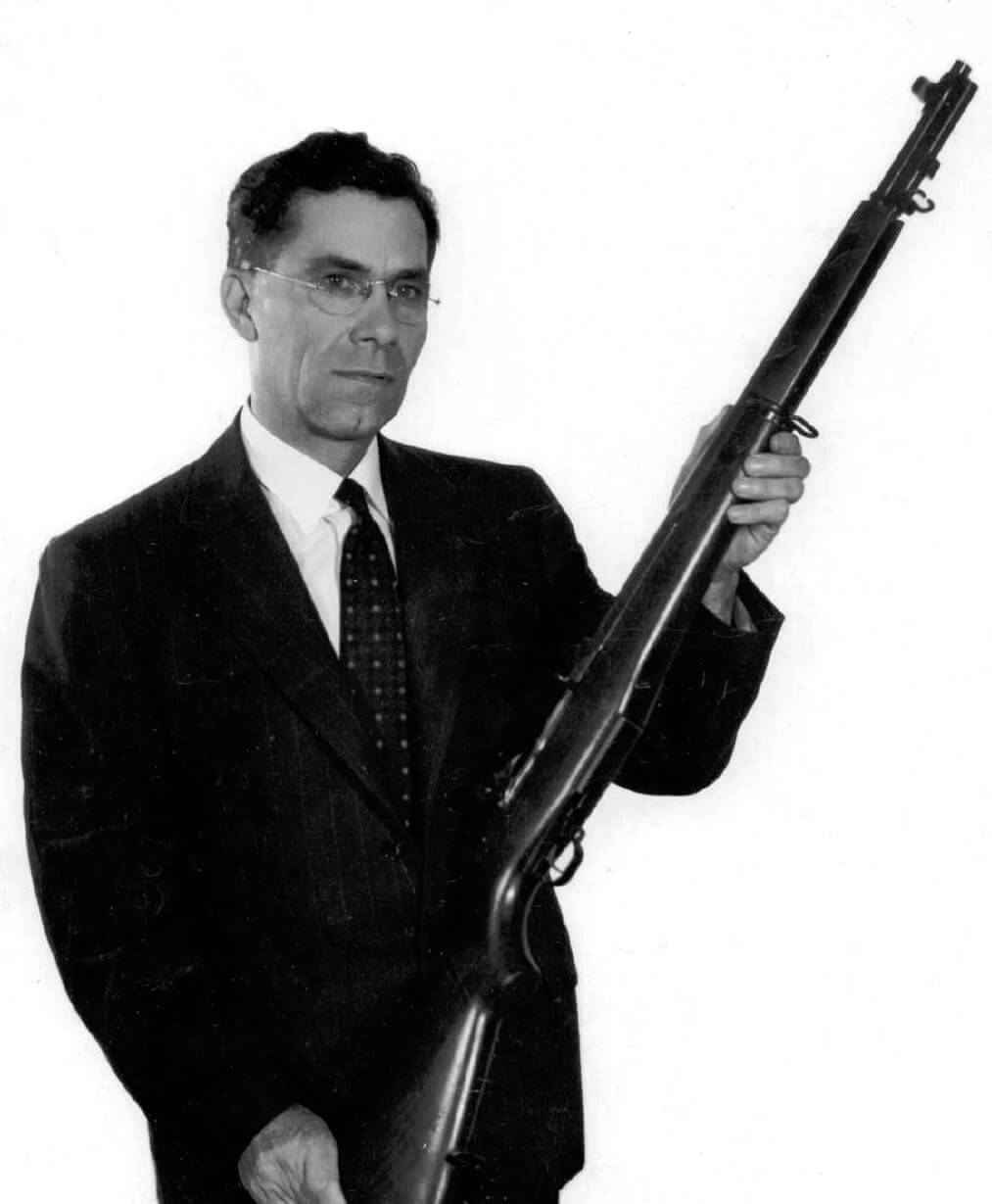
His early efforts showed a great deal of promise, and Garand would eventually patent his “Semiautomatic, Caliber .30, M1 Rifle” during 1932. However, it would take until January 9, 1936, for the U.S. Military to officially adopt the promising rifle. The M1 rifle was introduced rather slowly, and mass production did not begin until 1940 while America watched as Europe tore itself apart again during the early stages of World War II.
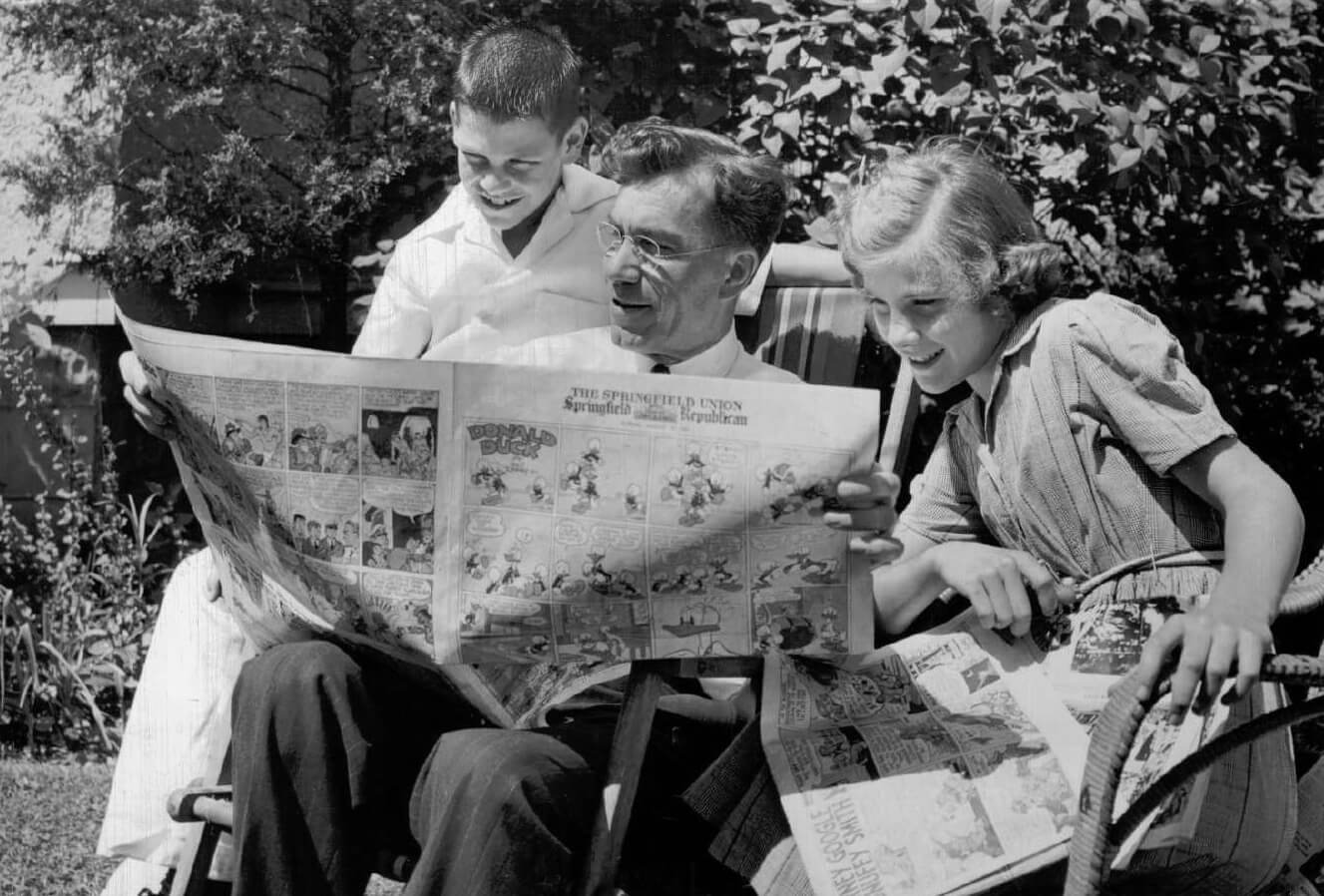
It is important to note that Garand did not receive royalties for his famous rifle, as he transferred all rights to his inventions to the U.S. government in January 1936. Apparently, he felt that his salary as an engineer was enough.
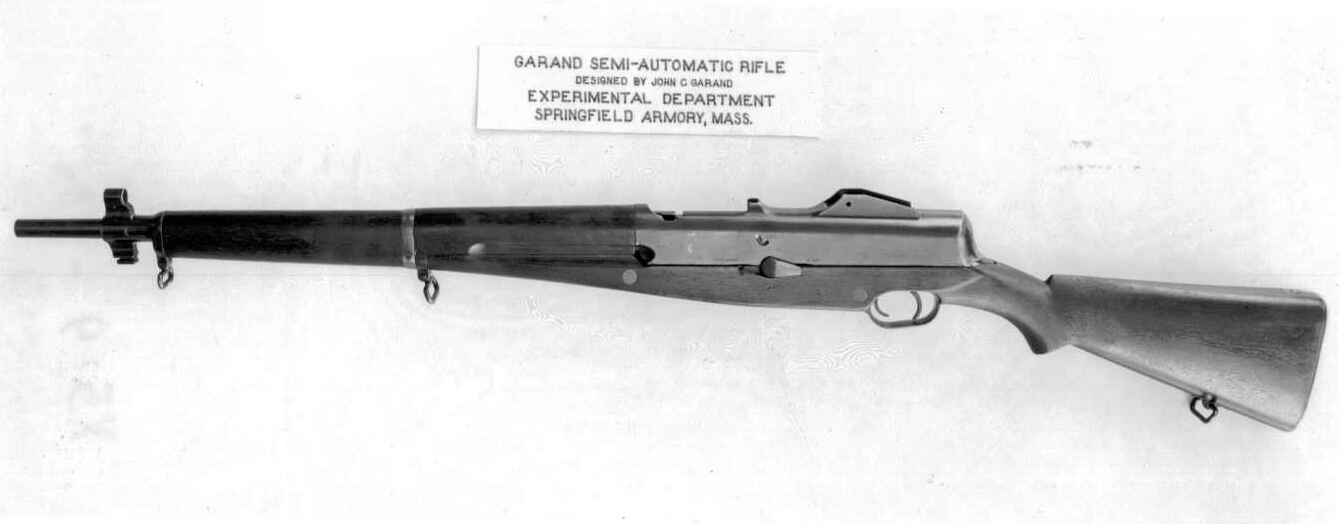
Ultimately, more than 6.5 million M1 Garand rifles were produced. John Garand worked at the Massachusetts Springfield Armory until he retired at age 65 in 1953. He remained in Springfield, Massachusetts and was a regular visitor to that armory during the rest of his life.
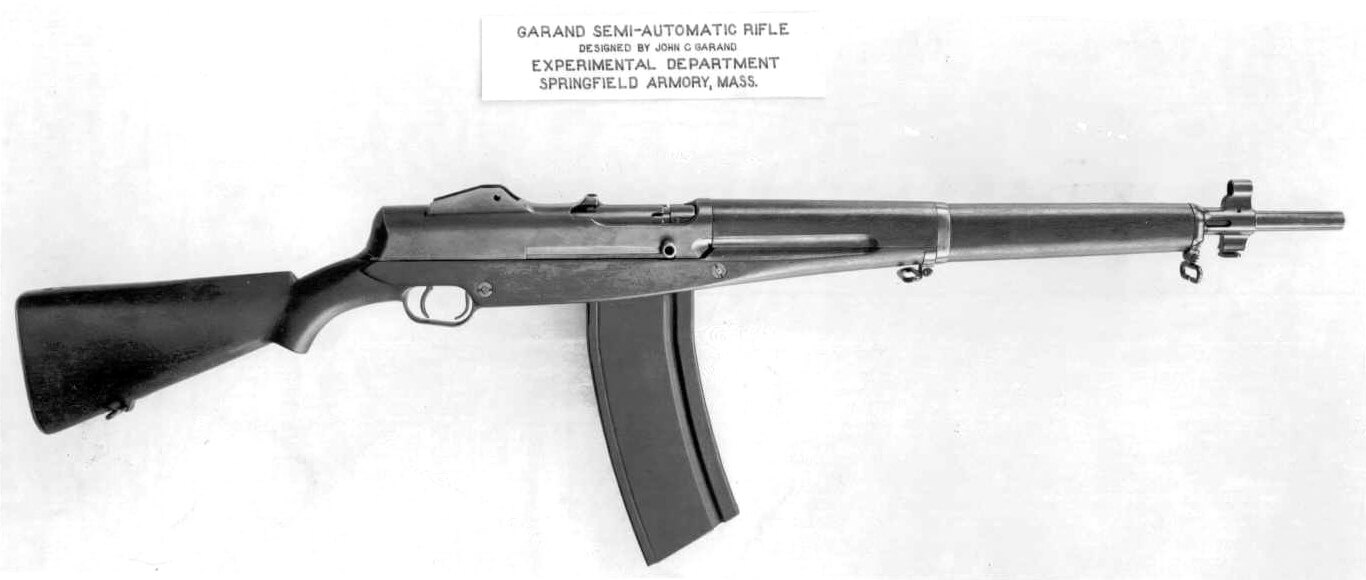
Thinking Ahead
The post-World War II “light rifle program” saw the U.S. Military thinking ahead again. Even as the armory was upgrading his M1 rifle design to what would become the M14 rifle, Garand was designing an entirely new weapon in the shape of a radically different “bullpup” configuration.
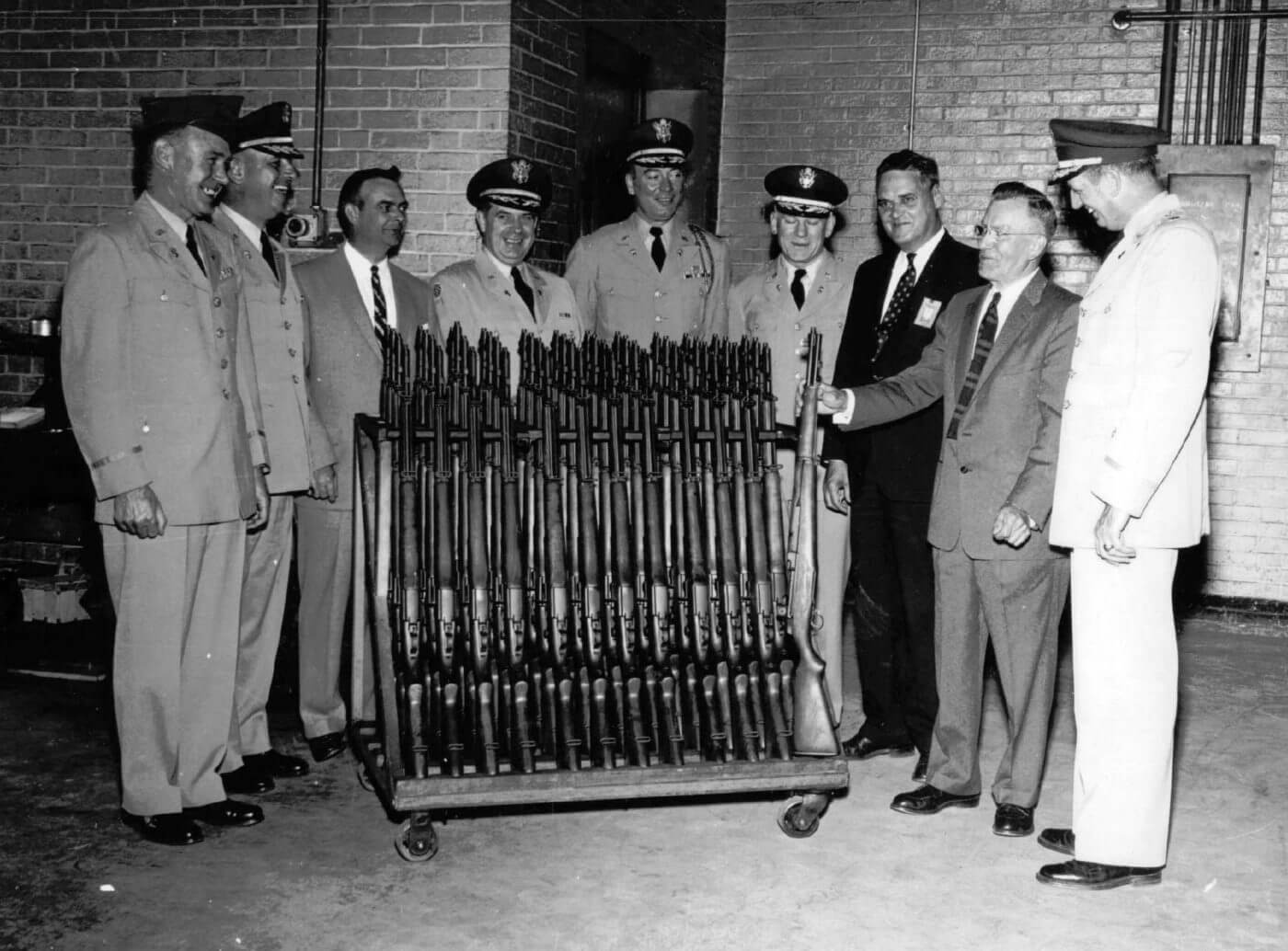
The light rifle program began during late 1945 to develop a new rifle that used the T65 cartridge — the early version of what would become the 7.62x51mm “NATO” cartridge.
Garand’s design was dubbed the T31 and it used a bullpup style, featuring a 20-round magazine and selective-fire capability (with a projected 600 rpm cyclic rate). The magazine of the design would be the only part of the T31 to move forward as it became the magazine used in the T44 rifle, that would ultimately become the M14.
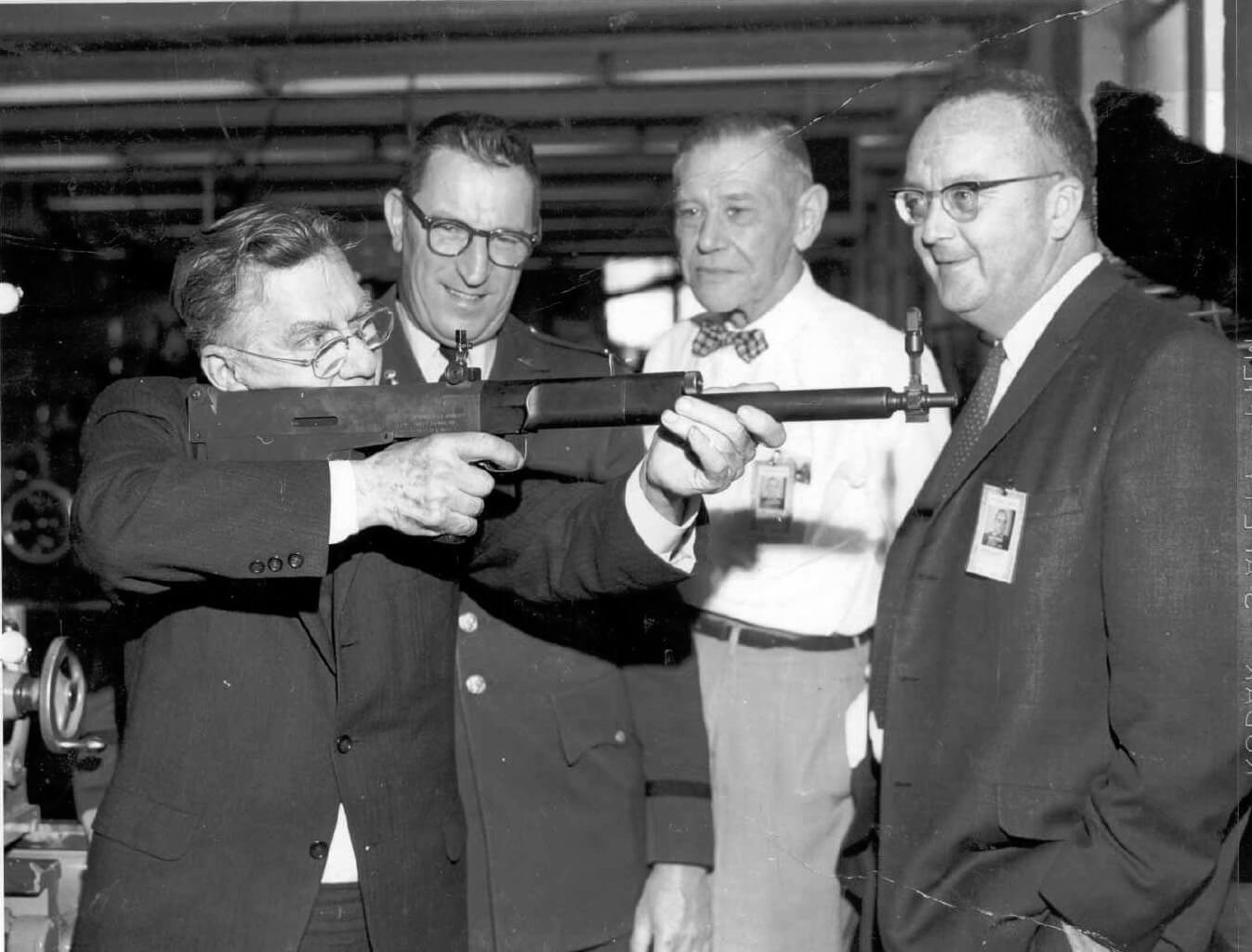
The T31 returned to Garand’s earliest M1 rifle design with its use of a complex gas trap system. The barrel was surrounded by a sealed cylinder (that also served as a handguard). It was hoped that the redirection of the T31’s muzzle blast would dampen the firing report and reduce recoil.
Cooling the handguard and dealing with significant carbon build-up were two of the significant problems experienced with the T31 prototypes. Garand was rumored to have been working on a second-generation T31 design (with a more conventional gas system) at the time he retired in 1953.
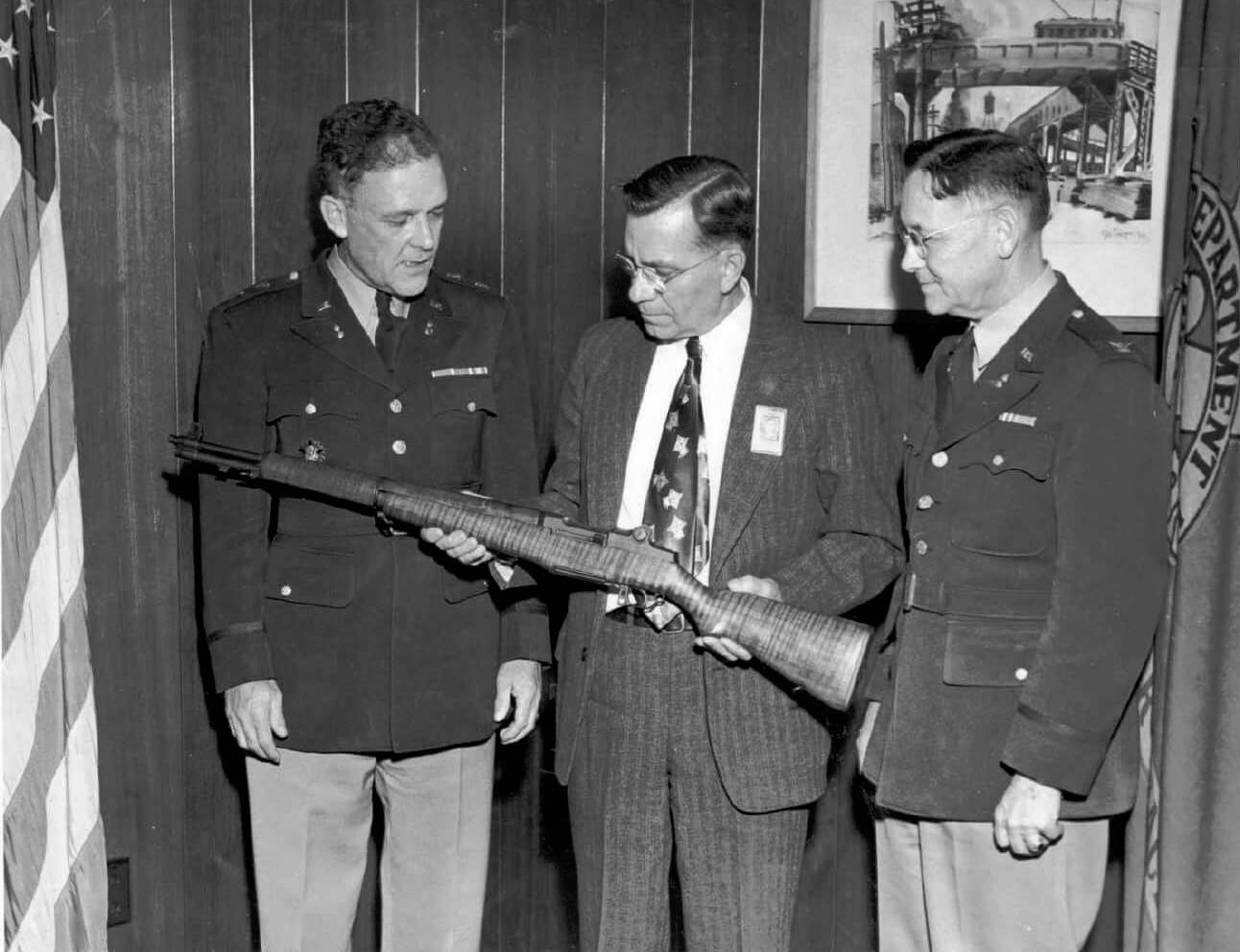
An Enduring Legend
The M1 rifle is one of the most famous American firearms of all time. Despite the firearm’s fame, many people can’t even pronounce its designer’s name. John Garand’s last name rhymes with “errand,” in case you were wondering. Garand took on his ordnance mission and delivered an enduring legend among battle rifles.
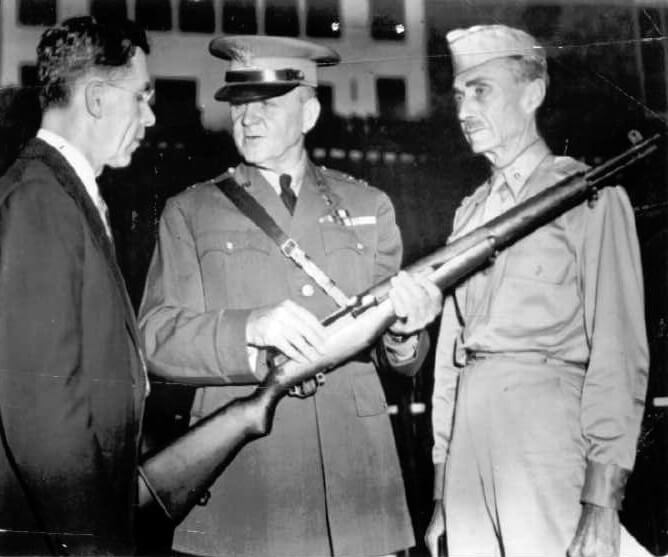
Even so, Garand never rested on his laurels, and he never attempted to parlay his engineering design success for the U.S. government into financial success for himself in the private sector. His example of personal dedication, to his craft, to quality, and to his country set him apart as an inventor.
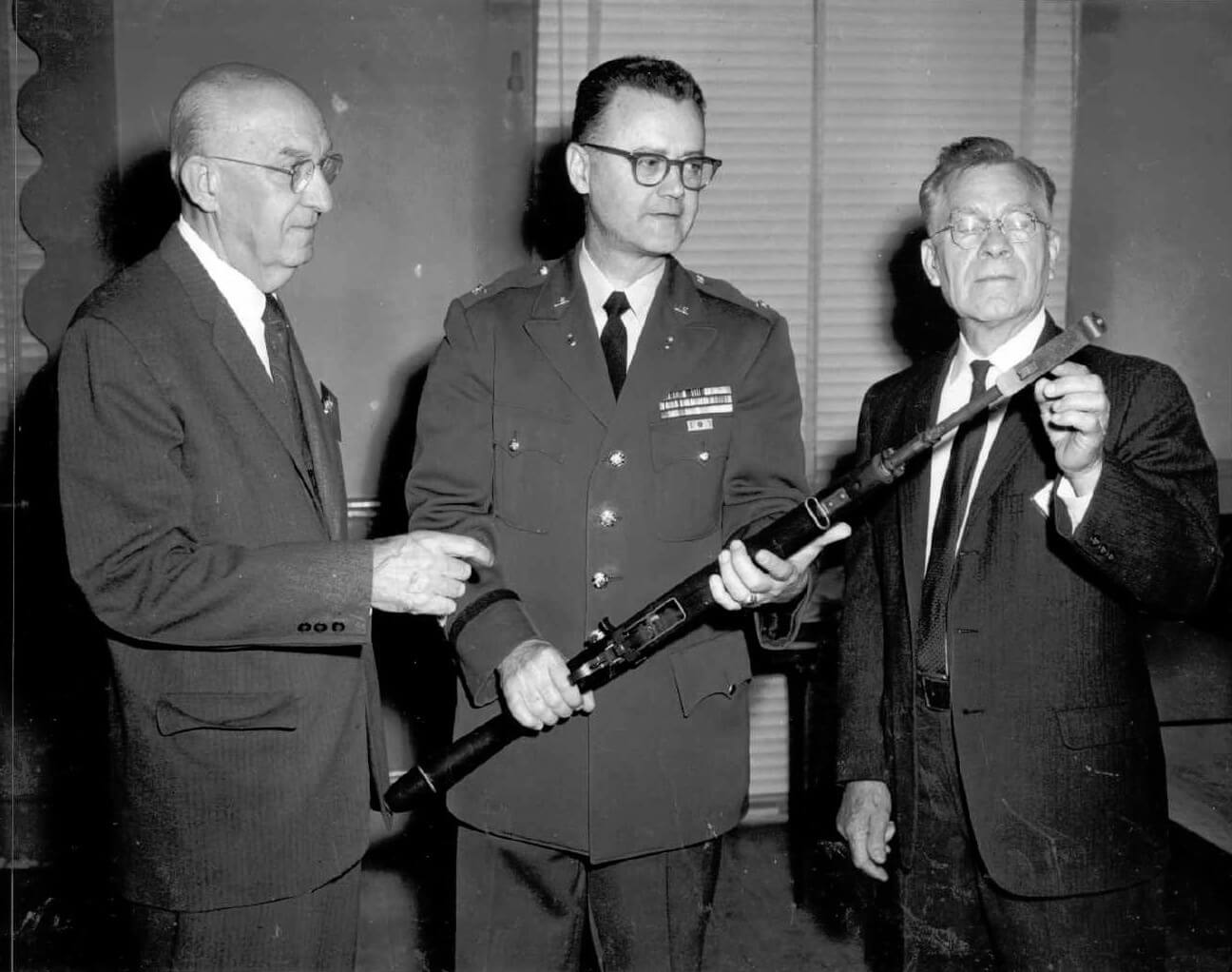
The M1 rifle was a breakthrough in military small arms and it supported American troops in combat through World War II and the Korean War. But America and John Garand kept working and moving forward. The venerable M1 evolved into the magazine-fed, selective fire M14. Garand worked on new, dramatically different concepts. John Garand found a home in the United States and paid his country back with a rifle that kept us strong and free.
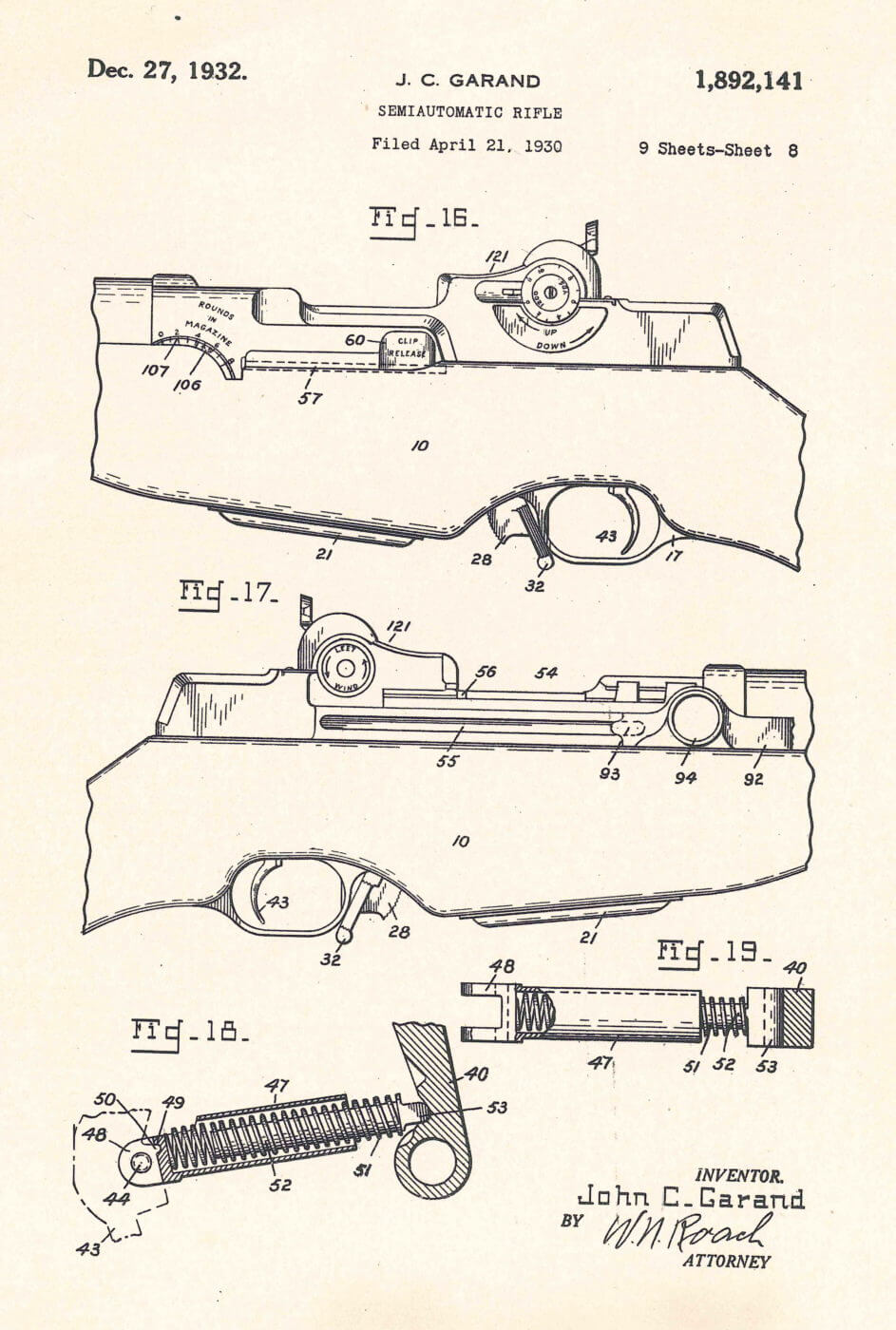
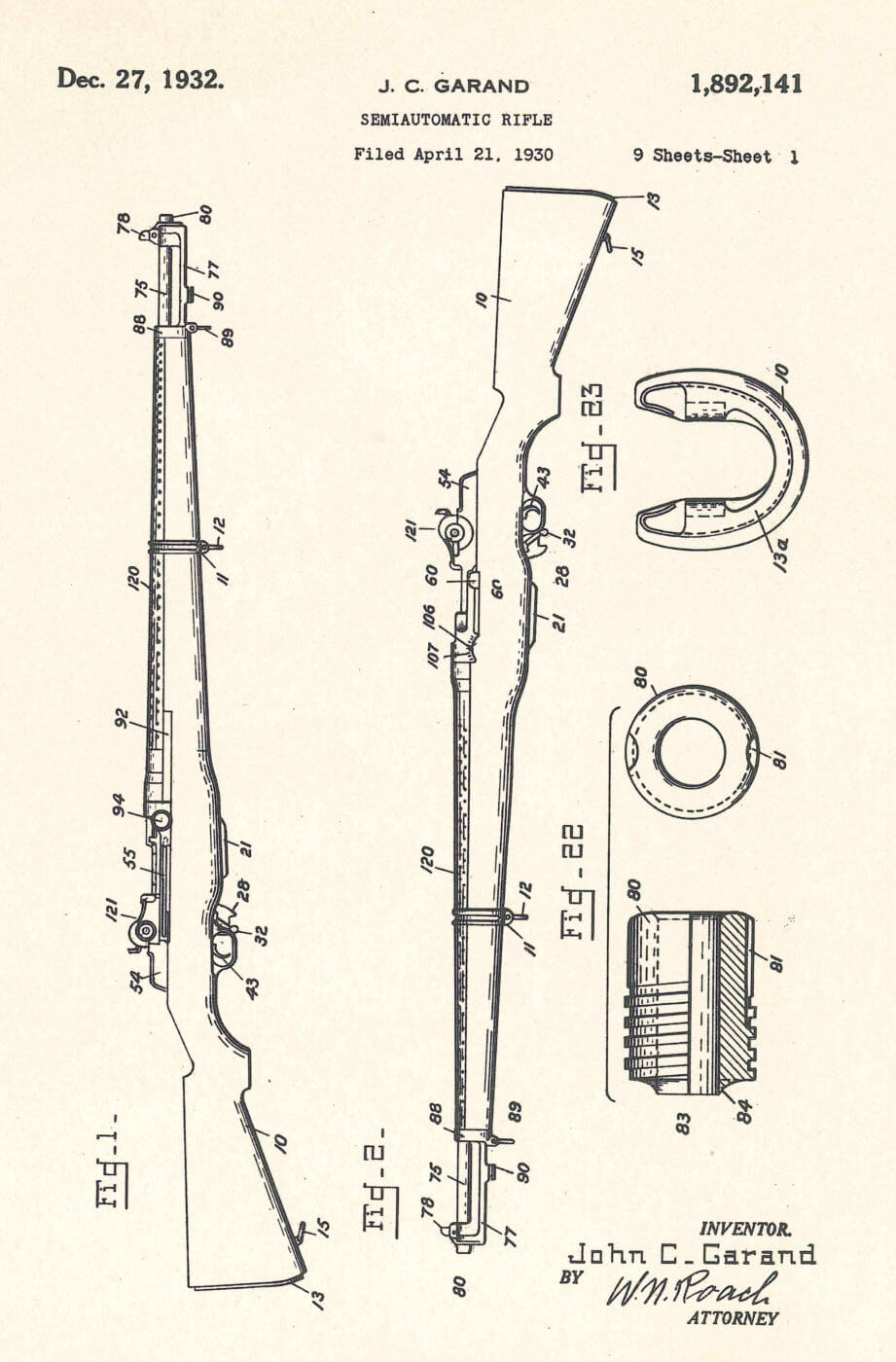
The Tradition Lives On
Garand’s genius led us from the M1 Garand to the M14, a rifle that took the M1 design into the future with its 7.62x51mm chambering and detachable magazine system. While the M14’s mainline military service era might have been short, it led to the creation of the civilian-legal semi-automatic M1A rifle from today’s Springfield Armory.
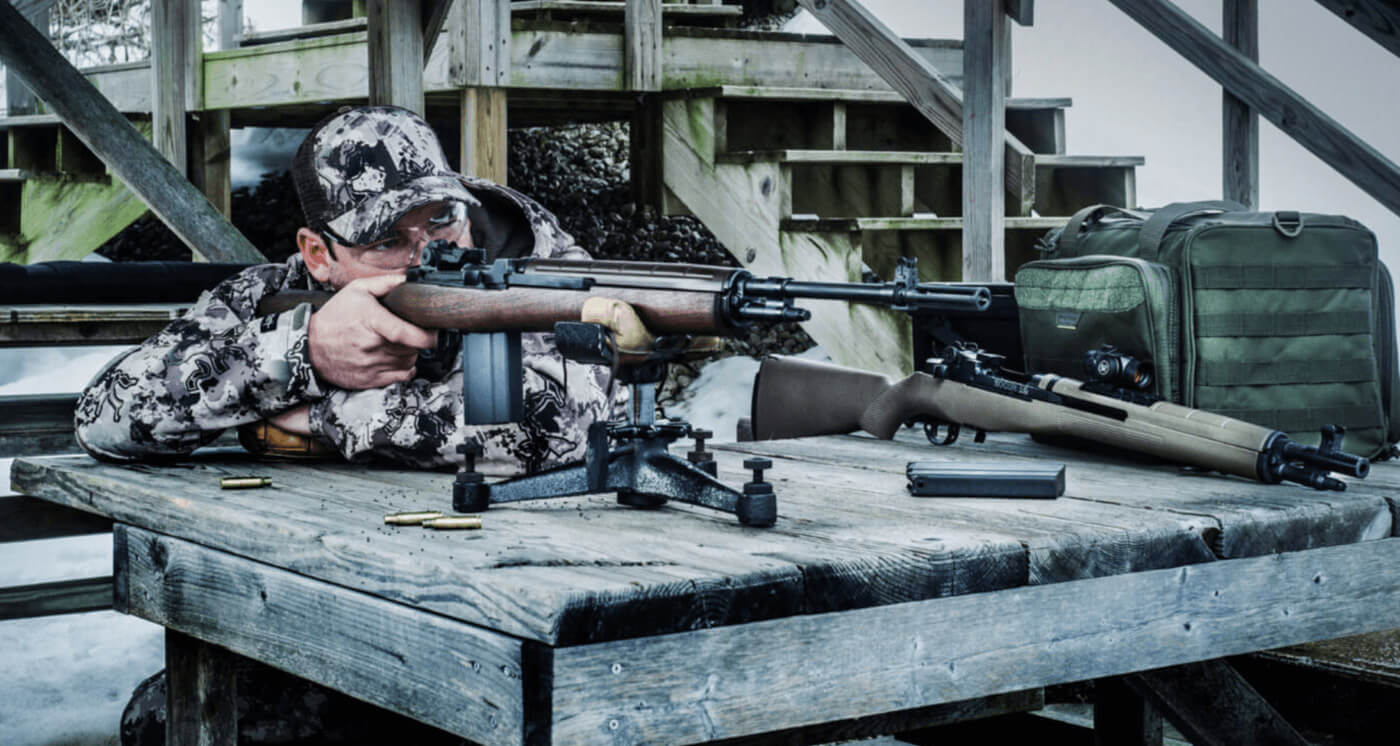
Made in Geneseo, Illinois, the M1A is a faithful semi-auto-only rendition of the classic military model of the M14. The result is an outstanding rifle that has excelled on the competition fields and gives civilian shooters a chance to own a rifle inspired by this classic military rifle.
Available with either a classic walnut stock or a rugged black composite stock, the M1A guarantees that the legacy of the classic American battle rifle lives on in your hands.
Editor’s Note: Please be sure to check out The Armory Life Forum, where you can comment about our daily articles, as well as just talk guns and gear. Click the “Go To Forum Thread” link below to jump in!
Join the Discussion
Featured in this article
Continue Reading
Did you enjoy this article?

 236
236







